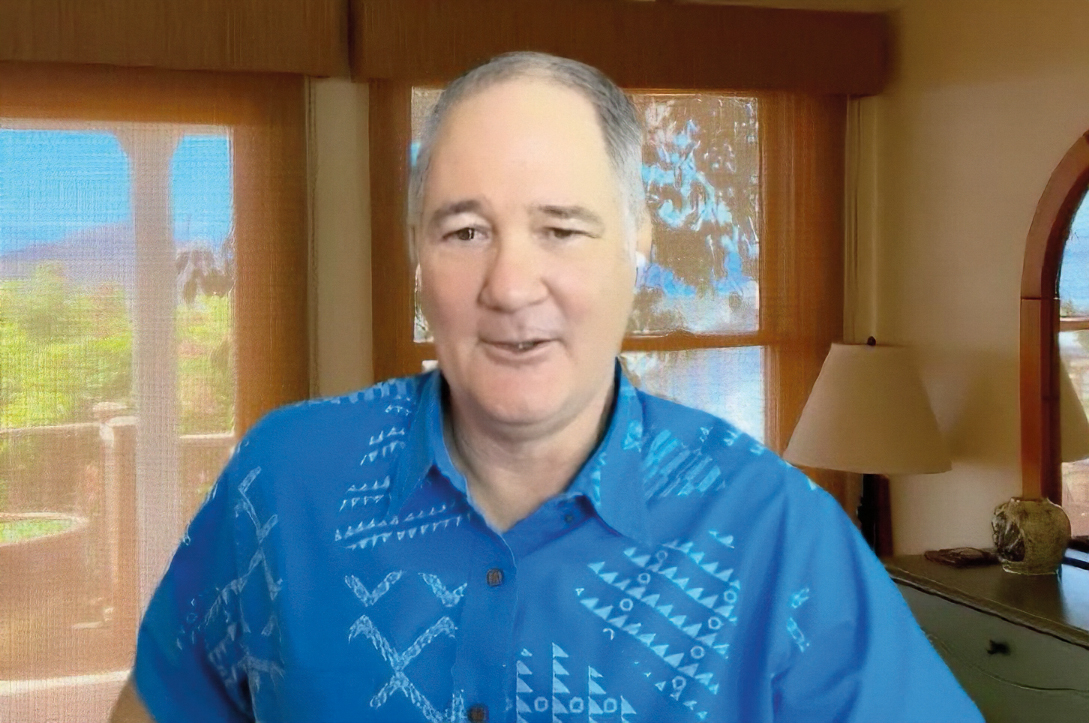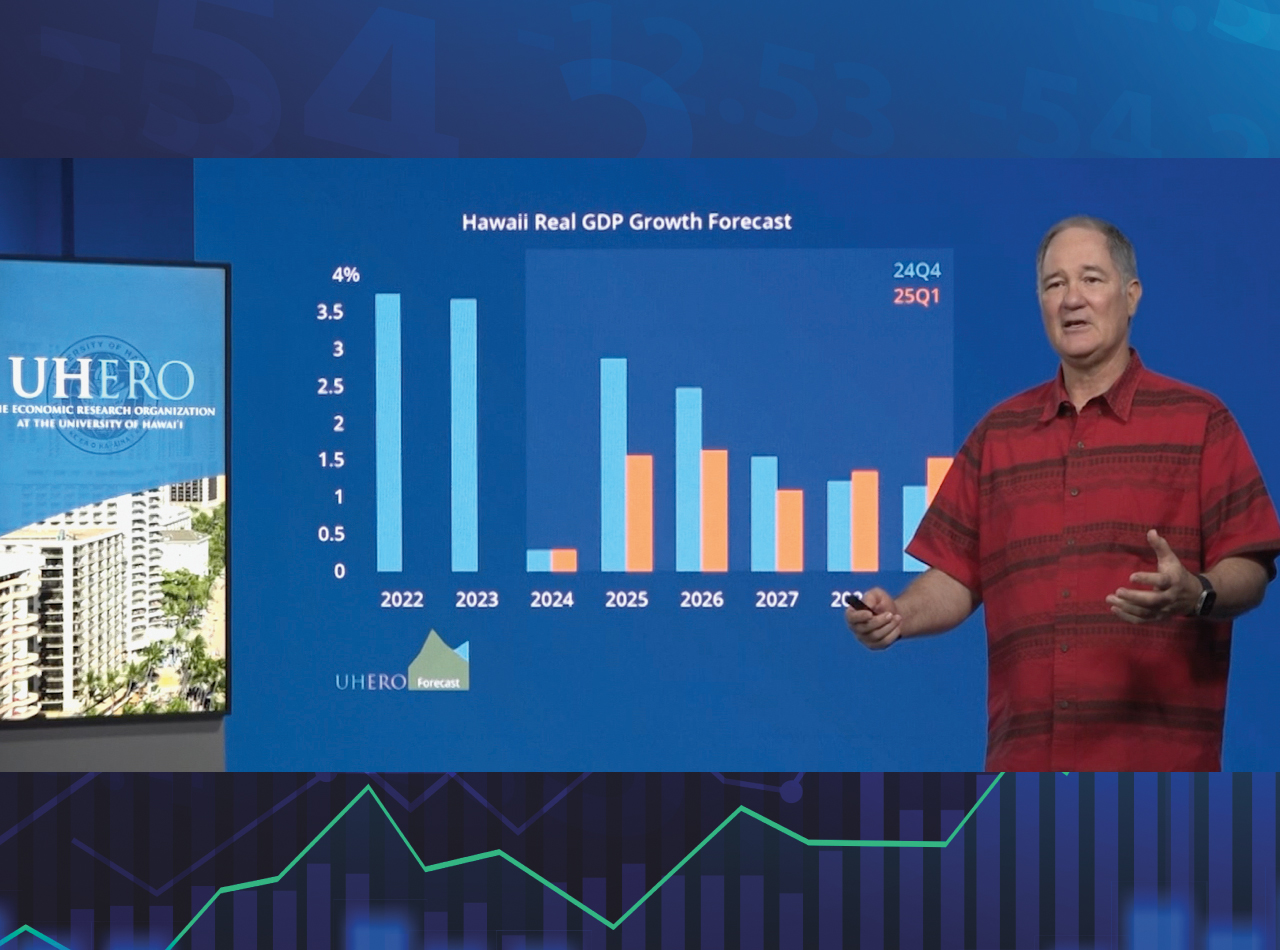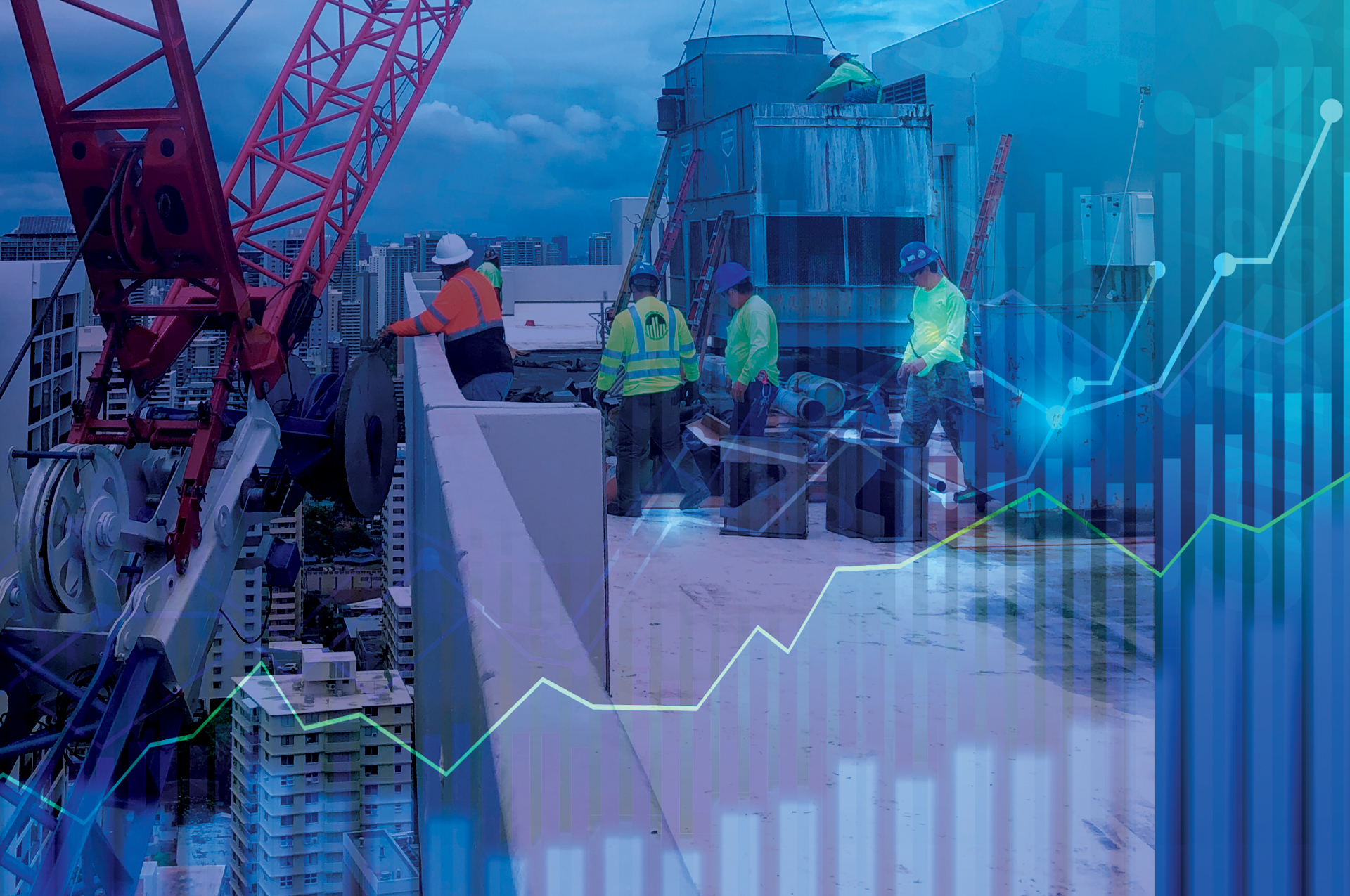The University of Hawai‘i Economic Research Organization released its first-quarter forecast for 2025 on Feb. 28, presenting a mixed outlook for Hawai‘i’s construction industry amid escalating economic uncertainty.
Despite being identified as a bright spot in the current economic landscape, Hawai‘i’s construction industry faces numerous challenges. Uncertainties surrounding federal policy changes — particularly tariffs enacted in March by President Donald Trump — have already started impacting local construction projects, according to Carl Bonham, UHERO executive director.
“The people selling supplies won’t give you a price that goes beyond a few weeks,” Bonham explained during a press conference on Feb. 27. “Builders are now [forced to take] on that risk due to anticipated cost increases.”
The report indicates tariffs could potentially inflate costs, forcing local contractors to reassess or delay projects. While the threat of tariffs could simply be part of ongoing negotiations, Bonham said, the mere mention of them has created an apprehensive environment for Hawai‘i builders.
The threat of national labor shortages also looms large, with potential fallout that could affect the state’s economy. Factors like enhanced demand due to rebuilding efforts on the continent, potential declines in immigration and deportations of unauthorized workers could exacerbate an already tight labor market in Hawai‘i’s construction sector.
“The excess demand on the continent drives up wages and has the potential to essentially draw workers out of Hawai‘i,” Bonham said.
But despite the potential setbacks, Hawai‘i’s construction industry remains resilient.
“It is by far the strongest sector in the state right now … so long as the federal money that’s already in the pipeline continues,” said Bonham.
The optimism stems from various ongoing projects, including those fueled by federal spending at Pearl Harbor and state-led initiatives aimed at accelerating affordable housing and transit-oriented development. However, with the forecast predicting construction jobs peaking in 2026, the sector’s ability to sustain job growth remains uncertain.
“If some of these [federal] policies come into fruition, our construction forecast will probably be too strong,” Bonham said, stressing the fragile balance the industry must maintain in light of external pressures.
The potential impact of these economic dynamics on the Maui rebuild following 2023’s devastating fires was a particular point of concern. Federal spending decisions could significantly affect the pace and scope of reconstruction efforts on the island, posing further challenges for local contractors.
Although UHERO’s overall outlook suggests stability in the months ahead, uncertainty caused by federal decisions and market forces makes long-term predictions difficult. Hawai‘i’s construction community must balance existing strengths against these upcoming challenges, Bonham said.




